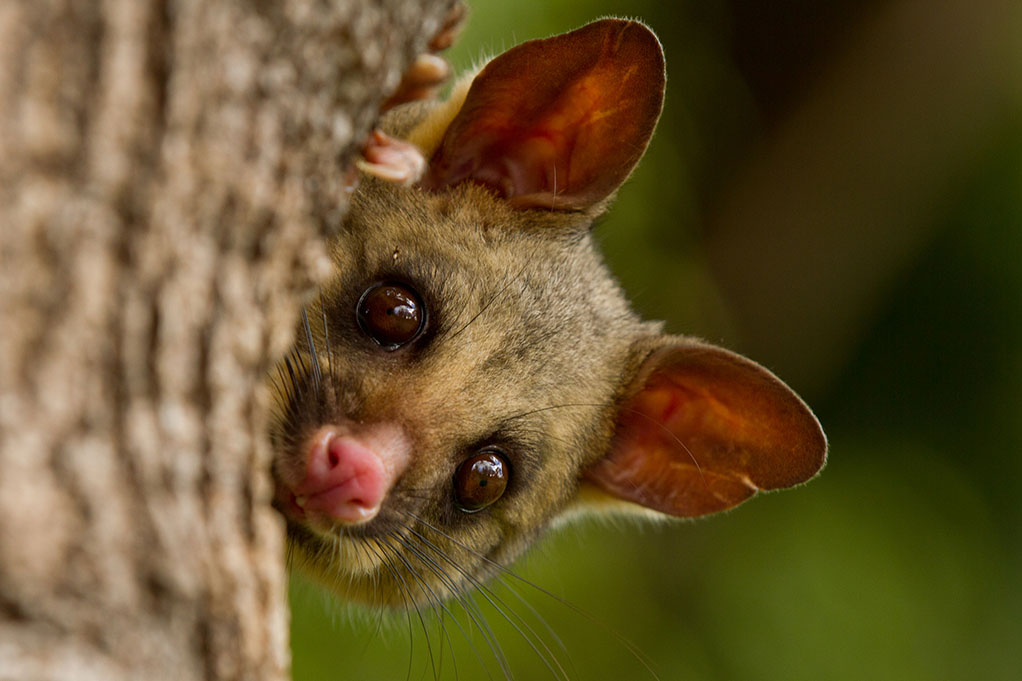The Hit List
POSSUMS
The common brush-tailed possum is public enemy numero uno for New Zealand birds. First introduced in 1837 from Australia to establish a fur trade, they thrived in an environment with few natural predators. Now possums are responsible for the destruction of the foliage, berries/fruits and flowers of native trees, competing with native birds and reptiles for food sources. There is also gruesome nest camera footage of possums eating kea (of which only 3000 – 7000 remain).
RATS
Ship rats and Norway rats are particularly lethal to native New Zealand fauna because they are omnivores. Nothing is safe from their sharp teeth; they eat birds, seeds, snails, lizards, fruit, weta, eggs, chicks, larvae and flowers. It’s this varied diet that makes rats dangerous to native birds – if they’re not eating birds they’re eating their major food sources.
STOATS
Don’t be fooled by the cute round ears and slim silhouette: the stoat is (in our mind) evil. Stoats are mustelids, a wild younger cousin of the weasels and were introduced to control the rabbit population (another experiment that seemed a good idea at the time). They are voracious killers and, despite their diminutive size, stoats can take out a three kilogram tākahe. DoC has no love for these pests saying they are, “having a significant effect on birds species such as wrybills, the New Zealand dotterel, black-fronted terns and young kiwi. Birds that nest in holes in tree trunks such as mohua, kākā and yellow-crowned kākāriki are easy prey for stoats who can take out eggs, chicks and incubating adults in one attack.” Death to the stoat.
FERRETS
Ferrets are another mustelid that was introduced to control rabbit numbers. While they naturally prey on rabbits and hares, ferrets will turn to native birds when hungry and ground-dwelling birds in particular. These predators are also implicated in the decline of native birds like the kiwi, weka and blue duck, and the extinction of kakapo on the mainland. According to DoC the kakapo is now only found on mustelid-free islands.
FERAL CATS
Feral cats are completely wild, they have no dependence on humans and can grow much larger than house cats if there’s enough food for them. Unfortunately that food consists of rabbits (good), birds and bird eggs (bad), rats, hares (good, good), bats, lizards, wētā and other insects (bad, bad, bad). Feral cats are particularly dangerous on islands, where they feed on forest and sea birds. They were responsible for the extermination of tieke/saddleback on Little Barrier Island and in the 1980s all surviving kākāpo were removed from Stewart Island in an effort to protect them from cats.
While the politics around predator control might get a little murky the vision remains the same: New Zealand forests, high country and coastlines that are ringing with native bird song. Now, with greater numbers searching online, and more and more traps being placed, that vision may one day become a reality.

